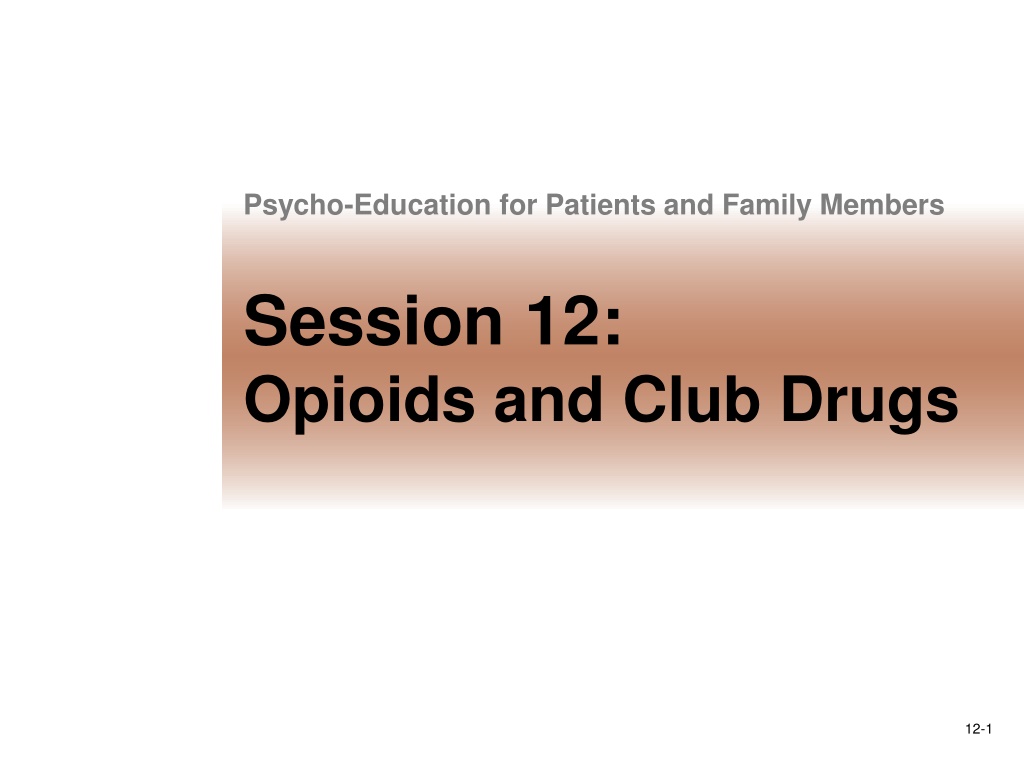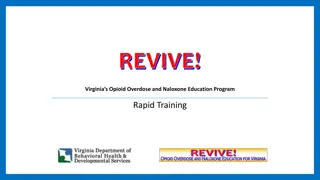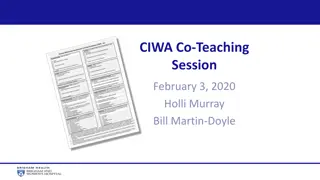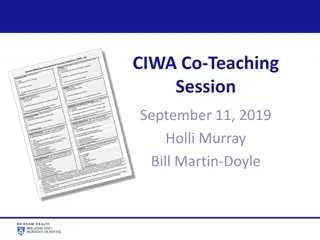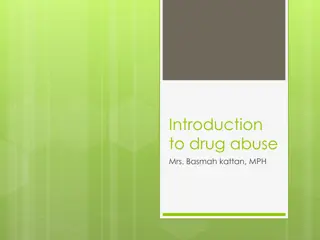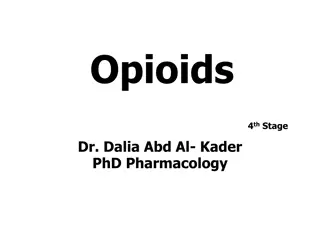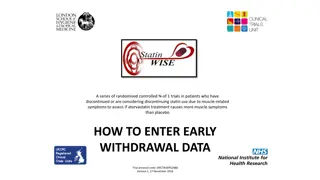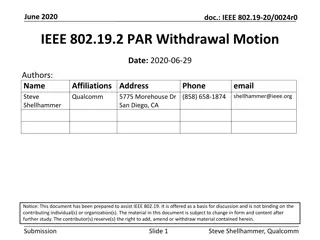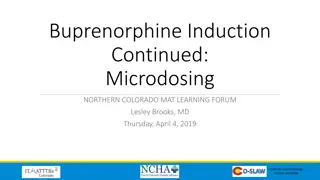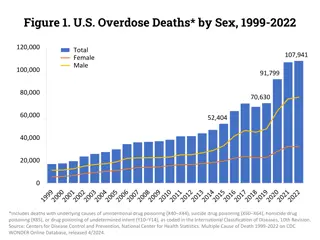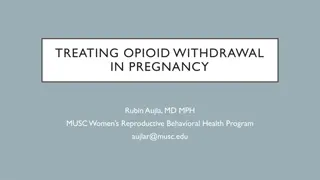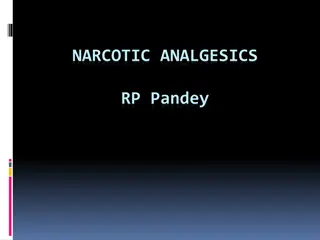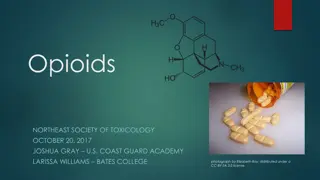Understanding Opioids: Effects, Tolerance, and Withdrawal
Explore the world of opioids, including heroin, morphine, and oxycodone, their effects on the brain, physical manifestations, development of tolerance, dependence, and addiction. Learn about the importance of total abstinence for successful recovery from substance abuse. Unveil the critical differences between dependence and addiction while understanding the challenges of opioid withdrawal. Equip yourself with essential knowledge about these substances to promote healthier choices and lifestyles.
Download Presentation

Please find below an Image/Link to download the presentation.
The content on the website is provided AS IS for your information and personal use only. It may not be sold, licensed, or shared on other websites without obtaining consent from the author. Download presentation by click this link. If you encounter any issues during the download, it is possible that the publisher has removed the file from their server.
E N D
Presentation Transcript
Psycho-Education for Patients and Family Members Session 12: Opioids and Club Drugs 12-1
The Importance of Total Abstinence Abstinence from all substances that affect the brain even alcohol greatly increases the chances of a successful recovery. 12-2
Questions: What do you know about opioids? What do you know about heroin? 1-3
What Are Opioids? Examples of opioids are: Heroin (natural opioid) Morphine (natural opioid) Meperidine (synthetic opioid) Oxycodone (synthetic opioid) Opioids act on the brain s opiate receptors. Opioids dull pain and relieve anxiety that comes from thinking about pain. People abuse opioids because they provide a feeling of euphoria (a rush ). 12-4
Physical Effects of Opioids Taking opioids causes Constricted pupils Flushing of the skin Heavy feeling in the limbs The rush is followed by a confused, drowsy feeling that lasts several hours. Breathing and heart rate slow during this period. 12-5
Question: What is tolerance to drugs? 1-6
Opioids and Tolerance Higher and higher doses are required to achieve the opioid s effects. This is called tolerance. Eventually, the drug is taken mainly to prevent withdrawal, not to get high. 12-7
Question: What are dependence and addiction on drugs? How are they different? 1-8
Dependence and Addiction on Opioids Repeated use of opioids can result in dependence and addiction. Dependence causes withdrawal symptoms to the person s body when he/she stops using a drug. Addiction is characterized by craving for the drug and using it even when it causes harm. People who use opioids as prescribed to relieve pain may develop dependence but rarely become addicted. 12-9
Withdrawal From Opioids Withdrawal occurs when someone who is dependent stops taking opioids suddenly. Withdrawal symptoms: severe muscle and bone pain, trouble sleeping, diarrhea, vomiting, and cold flashes. Withdrawal can take up to a week to run its course. Withdrawal from opioids can be fatal, but a death rarely happens to healthy adults. 12-10
Abuse of Prescription Opioids The main prescription opioids people abuse are: Morphine Meperidine Nalbuphine (Nubain) 12-11
Heroin Heroin is a white to dark brown powder. It often is mixed with other substances (sugar, starch) or poison (strychnine). It is smoked, snorted or injected. Heroin users starting out smoking or snorting often progress to injection. 12-12
Heroin Dangers The need to purchase and use heroin causes people to ignore other aspects of their lives, like family and loved ones, finances, and legal concerns. This neglect can lead to weight loss, sickness, money problems, criminal activity, and housing and family problems. Overdose is a persistent danger with heroin. 12-13
Heroin Disease Risks Injection drug use is linked to HIV cases and hepatitis C cases. Injecting heroin can lead to: Collapsed veins Clogged blood vessels Bacterial infections of the heart and blood vessels Pneumonia Tuberculosis Liver or kidney disease 12-14
Question: What do you know about club drugs? 1-15
What Are Club Drugs? Club drugs include a variety of drugs used at bars and dance parties, especially by high school and college students. Examples of club drugs are: MDMA ( Ecstasy ) LSD Ketamine GHB Rohypnol Many people wrongly believe club drugs are safe. 12-16
MDMA or Ecstasy Ecstasy causes increased heart rate and blood pressure, nausea, loss of appetite, jaw tightness, and teeth clenching. Ecstasy also produces increased energy, desire for visual stimulation, and heightened awareness of and response to sensory input. After an initial rush, people experience calm, positive feelings lasting 3-6 hours. Ecstasy can raise the body temperature to dangerous levels (42 degrees C). Ecstasy kills nerve cells in the brain. Studies show that the damage can last at least 7 years. 12-17
